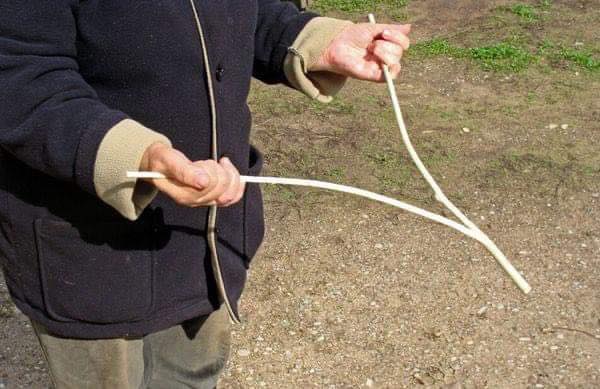With the advance of technology, the world changes rapidly in ways that can feel unrecognizable to older generations. All these changes highlight human adaptability and societal progress, creating both challenges and excitement for the future. At the same time, new generations get more and more distant to the type of life their grandparents and even their parents experienced.
What is interesting is the emergence of a popular online trend that asks from the online communities to identify “strange” and “unusual” objects once used by our ancestors. These items are sometimes found in attics and basements, left there to remind us of times that are likely to never return again.

Most recently, we have stumbled upon an interesting object that stole our attention. Eager to learn more about it, we have also turned to the netizens for help.
The object in question resembles a regular, old tree branch, Y shaped but otherwise quite unremarkable.
It turned out that this strange object dates back to the 1500s. It goes by several names, including “Water Dowsing,” the most common one, a „diviner“, „doodlebug“, „well witch“, or „water-finder.“
When it comes to the purpose it served, the name speaks for itself – to locate water!

It is used by holding both ends of the Y-shaped stick in each hand, with palms facing upward. The bottom point where the two branches meet is tilted toward the ground at a 45-degree angle.
As the person holding it walks back and forth, they are believed to sense vibrations at the tip of the Y, indicating the presence of water underground.
Originally, in the 1500s, dowsing with metal rods was a technique for locating metals in the ground. Later, people adapted this method to find water sources for new rural homeowners.
To learn more about dowsing check out the video below.
Please SHARE this article with your family and friends on Facebook.





